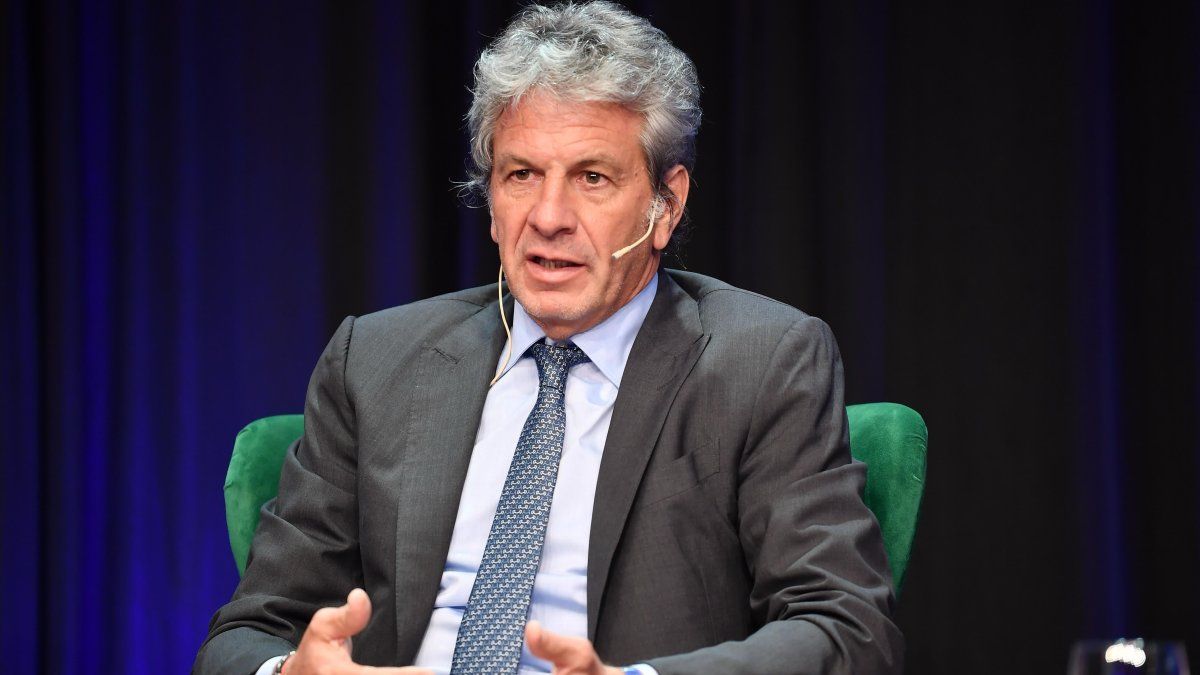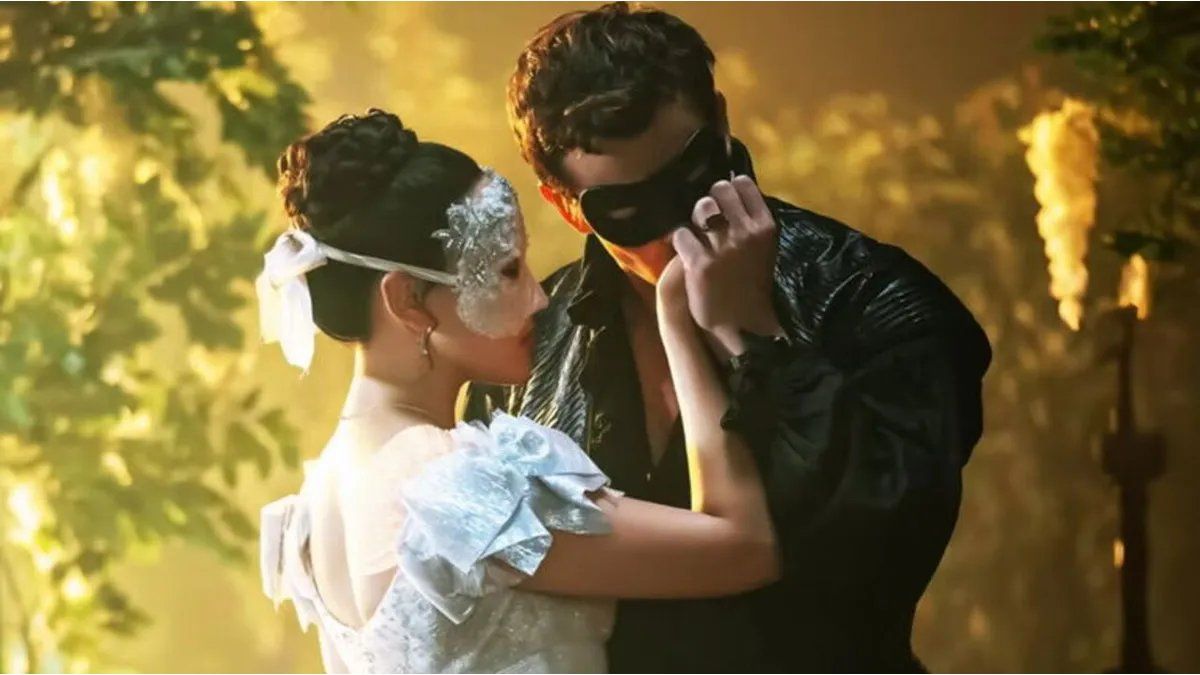I am an author and journalist who has worked in the entertainment industry for over a decade. I currently work as a news editor at a major news website, and my focus is on covering the latest trends in entertainment. I also write occasional pieces for other outlets, and have authored two books about the entertainment industry.
Menu
Mysterious painting: Rembrandt’s comedy page | Stern.de
Categories
Most Read
King Charles III invites you to a state visit: Steinmeier is coming to London in December
October 13, 2025
No Comments
Pop music: Pop star Andrea Berg is going through the arenas again
October 13, 2025
No Comments
Margaret Thatcher would have been 100 years old today
October 13, 2025
No Comments
Prince William doesn’t want to repeat his parents’ mistakes
October 13, 2025
No Comments
Emotional Instagram post: Veronica Ferres mourns Diane Keaton
October 13, 2025
No Comments
Latest Posts

What functions will it have and what will it control?
October 13, 2025
No Comments
October 13, 2025 – 10:24 Through a provision published this Monday in the Official Gazette, the organization ordered the creation of the Public Integrity and

Netflix confirmed the release date of season 4 of “Bridgerton” with a new preview
October 13, 2025
No Comments
Netflix confirmed the release date of the fourth season of Bridgertonthe iconic series has already been renewed for seasons 5 and 6. Season 4 will

Heavy traffic in the Wels trade fair: “Caravan Salon” starts on Wednesday
October 13, 2025
No Comments
Car after car drove into the exhibition halls yesterday. The exhibitor teams polish every detail to a high shine. Halls 19, 20 and 21 at
24 Hours Worlds is a comprehensive source of instant world current affairs, offering up-to-the-minute coverage of breaking news and events from around the globe. With a team of experienced journalists and experts on hand 24/7.

